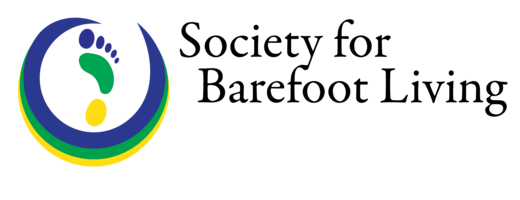Q12: What should I do if I get a blister?
A blister is a fluid-filled sac that looks like a fleshy bubble on the skin. They most often occur on the feet due to wearing shoes that don’t fit well or that are worn for a long period of time where there is friction between the feet and the shoe, rubbing the same spot over and over, such as when hiking or running. They very rarely occur when going barefoot, but could with a new barefooter if his or her feet are relatively tender and not used to walking around barefoot on certain abrasive surfaces for an extended period of time.
Most blisters don’t require medical treatment and can be handled by first aid that we can usually administer ourselves. However, blisters can become infected if not handled properly, so one must be careful and seek medical help at the first sign of possible infection, which includes increased pain, swelling, redness, or warmth around the blister; red streaks extending away from the blister; drainage of pus from the blister; fever.
Very small blisters may need only to be covered with a protective bandage or tape for a period of time until they heal. But if you have a large blister, it will heal quicker if it is drained of the fluid inside.
Treating large blisters:
1. Wash your hands and gently wash the blister with soap and warm water.
2. Sterilize a clean, sharp needle in alcohol.
3. Using the needle, puncture the blister in several spots near the blister’s edge.
4. Carefully drain the fluid inside by pressing gently with your fingers near the center of the sac as the liquid begins to flow out the puncture holes.
5. With a sterile gauze, gently wipe up the fluid that has drained out. Do not disturb the overlying skin; leave it in place, as it will protect the surface underneath as it begins to heal, and will usually reattach itself.
6. Apply an antibiotic ointment, then cover the area with a tight non-stick gauze bandage.
7. Keep the area dry, otherwise, water or wetness will tend to soften and loosen the flap of skin before it has a chance to reattach itself. The bandage can be changed periodically, but the area should be kept covered until the skin appears to be healed.
Once we are used to being barefoot on a regular basis, and our soles have had a chance to thicken and toughen, getting blister is very unlikely to occur.
